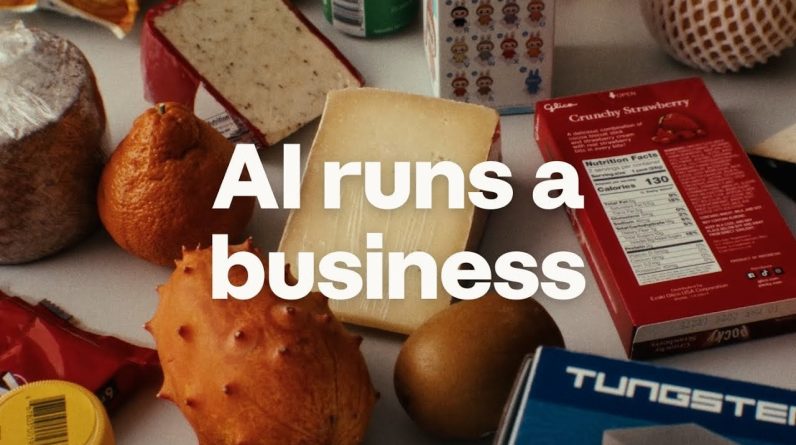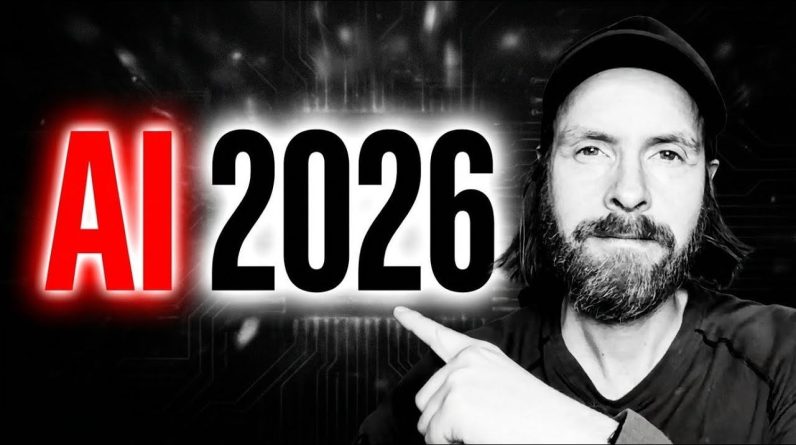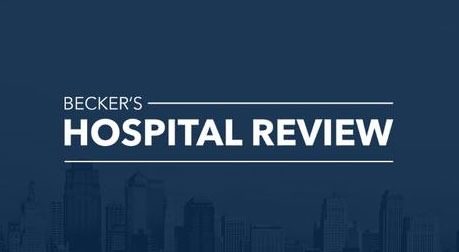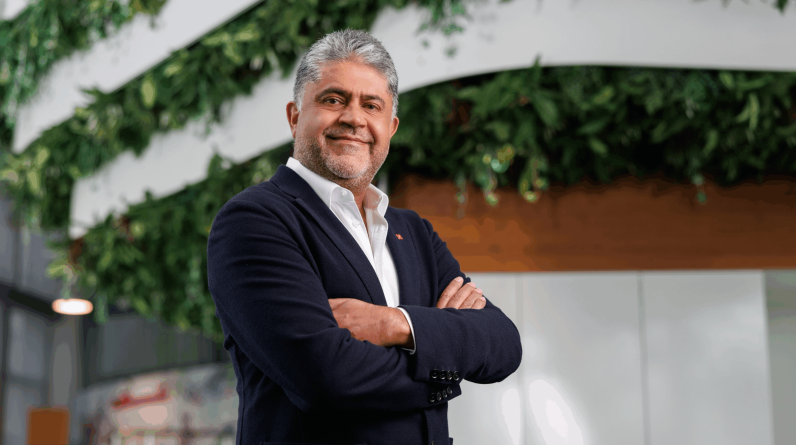
Dutt Kalluri is a top enterprise transformation exec and AI leader known for driving digital reinvention and scalable innovation.
With the convergence of robotic process automation (RPA), generative AI and process intelligence, a new paradigm is emerging at enterprises: AI recommends, human decides, bot executes.
This shift has immense potential for unlocking new levels of agility, resilience and innovation, but companies must plan carefully to prepare for this new way of working. Whether you’re a CIO rethinking your digital architecture or a business leader aiming to future-proof operations, let’s look at some of the factors to understand as we enter this new age of intelligent automation.
From Task Automation To Judgment Automation
Legacy RPA focused on automating clicks and keystrokes. Today, intelligent automation is evolving into decision automation, driven by:
• AI recommending actions through contextual analysis and predictive insight.
• Humans deciding by validating, approving or adjusting those recommendations.
• Bots executing the defined tasks quickly and consistently.
From my experience leading digital transformation initiatives across industries, this collaboration manifests in several evolving patterns:
• Humans become supervisors and exception handlers, not task doers. For instance, in accounts payable, bots now ingest and reconcile invoices, while finance staff step in only for anomalies or policy exceptions—freeing up time for vendor negotiations and strategic planning.
• Domain experts are becoming “AI trainers”—teaching models how to interpret context. In healthcare, clinical staff help refine diagnostic AI by reviewing model outputs and feeding corrections back into the system.
• Business users are empowered as “citizen automators,” designing workflows with low-code tools. In retail, store managers automate daily reports and inventory reorders without writing a line of code—bringing agility to the front lines of operations.
In other words, collaboration between humans and machines is no longer abstract. In manufacturing, plant supervisors no longer spend hours manually creating daily production schedules. AI generates optimized plans, humans tweak them and bots execute the orders across enterprise resource planning (ERP) systems and manufacturing execution systems (MES).
In banking, the Know Your Customer (KYC) process that once took 10 days now takes two, as bots handle document review and data extraction while compliance officers focus only on complex exceptions. In healthcare, providers can automate patient intake so that nurses spend more time interacting with patients.
How Work Will Evolve
These shifts are changing the nature of work. The focus is no longer on doing the process, but on designing, supervising and improving it. As bots take on repeatable, high-volume tasks, human roles are evolving toward judgment, oversight, empathy and innovation.
To succeed with this model, leaders must invest not only in technology but in upskilling, governance and cross-functional collaboration frameworks that support this new division of labor.
Autonomous agents don’t replace human decision-making—they multiply it. By taking over repetitive, time-intensive tasks such as data entry, scheduling and reconciliation, they give professionals back the time to focus on judgment, creativity and innovation. These agents surface insights at a speed no human could match, allowing leaders to make better decisions faster.
Humans now shape strategies, handle exceptions and bring the empathy and contextual understanding that machines can’t replicate. The result is a workforce that creates more value, not less.
Governance, Trust And Responsible Automation
However, the rush to adopt AI-driven automation brings risks that must be addressed. Without governance, companies risk biased algorithms making unethical decisions, non-compliance with strict regulations in areas like finance and healthcare and a loss of transparency that erodes employee and customer trust.
To ensure that these tools are safely adopted, organizations need to ensure that they have:
• Clear auditability and oversight.
• Ethical design in AI behavior.
• Compliance with evolving regulations.
• Protection against hallucinations and bias in generative models.
• A human in the loop at all times.
In other words, responsible automation means instituting strong controls: human oversight on high-impact decisions, explainable AI that can be audited, continuous monitoring for bias or drift and clear accountability when things go wrong.
Forbes Technology Council is an invitation-only community for world-class CIOs, CTOs and technology executives. Do I qualify?








